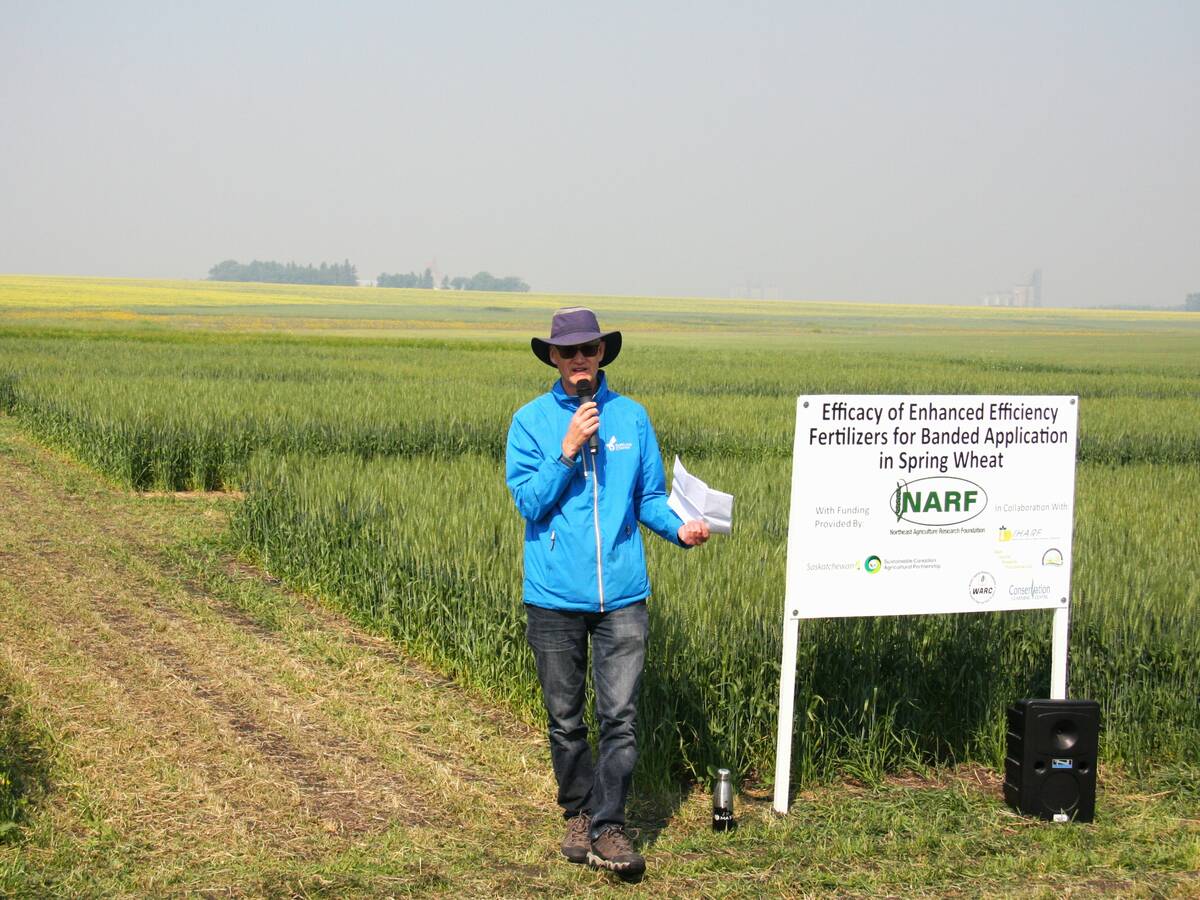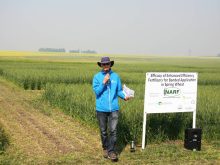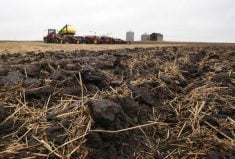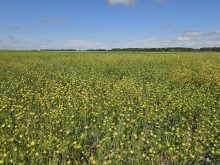Only 24 percent of canola producers monitor their crop weekly once it’s in the bin, according to a Canola Council of Canada survey.
Council agronomist Jim Bessel said a similar percentage of farmers check once a month. He’d like to see those numbers go up.
“There is a lot of great canola that went into the bin last fall that’s not doing so well now,” he said.
“Monitoring bins is more critical this coming spring than I think we’ve seen since the early ’80s.”
Read Also

Fertilizer method’s link to emissions studied
A researcher says others studying greenhouse gas emissions aren’t considering how the loss of nitrogen into the atmosphere correlates with fertilizer application or if there is an impact to yield.
A variety of weather factors affected stored canola then, which was when storage loss data was collected and guidelines developed.
Bessel said last year’s crop went into storage under a full range of harvest conditions.
He said monitoring is necessary to prevent what he calls the “hidden closet syndrome.”
No producer likes to talk about losing a bin worth of grain, he added.
“It’s not something you’re very proud of. And you’ve gone to all the effort to get it to that point.”
However, heating, moisture and pests all take their toll on stored crop.
More than one-third of the approximately 1,000 producers who responded to the council’s survey reported problems with spoilage.
Bessel said changes in canola have caused some of the problems.
“We have a commodity that has increased in oil dramatically,” he said.
The height and diameter of some of the storage bins are also factors.
Bessel said he was surprised that 18 percent of respondents turn their canola. Thirty-five percent use aeration.
Bessel said storage recommendations must be revised to accommodate these changes.
Bag storage is working well for some producers but not for others, he added. Research is underway in Manitoba to look at how temperature, sunlight and precipitation affect the bags and the canola inside them.
“Mould grows in the fridge,” he noted wryly.

















